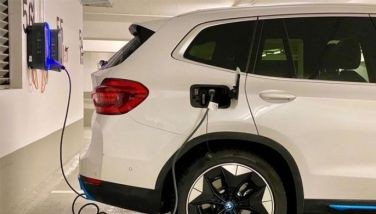IEMOP readies system for influx of retail power aggregators
MANILA, Philippines — The Independent Electricity Market Operator of the Philippines (IEMOP), which serves as the central registration body of the retail electricity market, is set to upgrade its processes and market systems in preparation for the expected influx of participants in the retail aggregation program.
“In order to facilitate retail aggregation, we’re currently having our internal review of our processes in order to enhance it so that we can accommodate also the influx of those who will participate in this retail aggregation program,” IEMOP OIC-manager for corporate communications Josell Co said.
“Alongside the review of our process are necessary enhancements also to our market systems,” he said.
Co said these enhancements would be undertaken so that the IEMOP would be ready once implementation of the Retail Aggregation Program becomes effective by the latter part of the year.
“Based on the resolution of the Energy Regulatory Commission (ERC), we are targeting to implement this by Dec. 26 of this year,” he said.
The Retail Aggregation Program is a scheme provided under the Electric Power Industry Reform Act wherein two or more electricity end-users within a contiguous area can join together to pool their demand and be treated as a single contestable customer, thereby enabling it to participate in Retail Competition and Open Access (RCOA).
RCOA is a policy which allows electricity end-users classified by the ERC as a contestable customer—or those whose peak demand is within the threshold level of contestability—to directly negotiate its power rates and secure retail electricity supply contract with its preferred supplier.
“With its implementation, somehow it gives access also to small end users to participate in RCOA since they can already aggregate their demands to become like a single contestable customer,” Co said.
The retail aggregation would be implemented where the RCOA scheme is operational and effective, with aggregation of the electricity requirements of end-users must total to a monthly average peak demand of at least 500 kilowatts within a contiguous area.
The aggregation of end-users may be allowed within subdivisions, villages, business districts, special economic zones, condominium buildings, commercial establishments such as malls, mixed-used development complexes, and other geographical areas where similarly situated end users are located in which supply of electricity can be measured through metering devices.
The ERC, University of the Philippines, and Manila Electric Co. have teamed up late last month to pilot retail aggregation, allowing the state university to choose its preferred supplier of electricity for the combined power requirements of the various buildings in its Diliman campus.
- Latest
- Trending



























